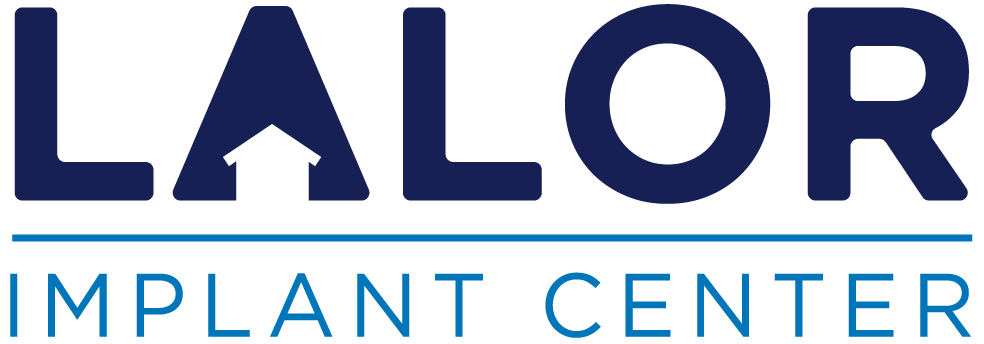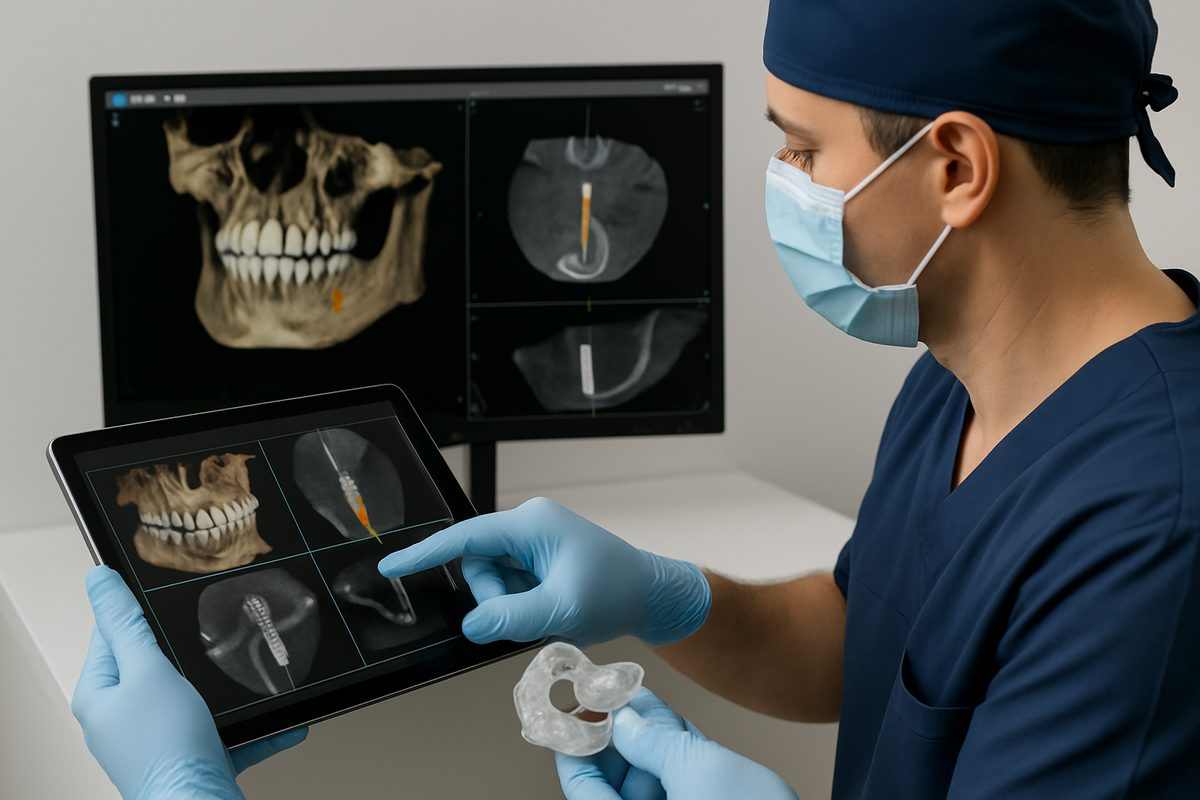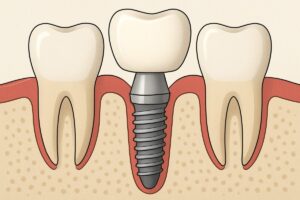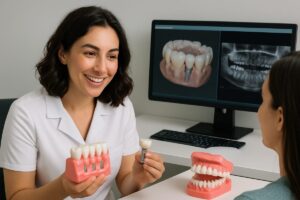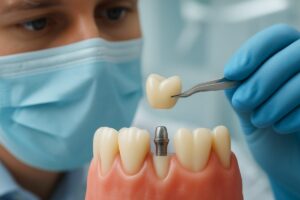Dental implants placement is the surgical process of replacing missing teeth with a titanium implant, an abutment, and a crown or prosthesis. This guide is for anyone considering implant treatment and explains the process, risks, benefits, likely costs, and how modern tech improves results. Read on to understand what to expect from dental implants placement.
Understanding Dental Implants Placement
An implant is a small titanium fixture placed into the jawbone. An abutment attaches to the implant and supports a crown, bridge, or full-arch prosthesis. Dental implants placement can replace one tooth, several teeth with implant-supported bridges, or an entire arch using solutions like All‑on‑4.
Who Is a Candidate for Dental Implants Placement?
Good candidates have enough bone volume, healthy gums, and controlled medical conditions. Chronic illnesses (like uncontrolled diabetes), certain medications, and smoking can lower success rates. A thorough medical and dental review is essential before planning dental implants placement in Vestal, NY or another area.
When extra treatment is needed
If bone has shrunk after tooth loss, bone grafting or a sinus lift may be needed to provide a stable foundation. Active gum disease must be treated first. These extra steps lengthen the timeline but improve long-term success.
The Dental Implants Placement Process — Step by Step
Consultation and 3D planning
Expect an exam, 3D imaging like CBCT, and a discussion of options, timeline, and risks. Digital planning helps predict implant position and prosthetic outcomes.
Surgery and initial healing
Surgery is typically done under local anesthesia with possible sedation. Post-op swelling and discomfort are common for a few days. Follow post-op care: rest, soft foods, and prescribed medications.
Restoration and follow-up
After osseointegration (often 3–6 months), the abutment and final crown or bridge are placed. Regular check-ups and good oral hygiene keep implants healthy for years.
Recovery Timeline and What Patients Should Expect
Soft-tissue healing takes days to weeks; osseointegration takes months. Avoid heavy exercise for 48–72 hours, stick to soft foods initially, and watch for signs of infection or unusual numbness—contact your clinician if these occur.
Benefits and Risks of Dental Implants Placement
Benefits include restored chewing, bone preservation, and natural appearance. Risks include infection, implant failure, and nerve irritation. Choosing an experienced team and following care instructions lowers risks.
Cost Factors and Financing Options
Cost depends on number of implants, grafting, lab work, and materials. Insurance may cover part of the restoration but rarely covers the implant itself. Many practices offer financing or payment plans to spread out costs for dental implants placement.
How Modern Technology Improves Dental Implants Placement
CBCT 3D imaging improves diagnosis and planning. CAD/CAM and in-house milling speed up restoration delivery. 3D-printed surgical guides increase placement accuracy and reduce chair time.
Choosing the Right Provider for Dental Implants Placement
Ask about training, complication rates, and full-arch experience. Look for before/after cases and patient reviews. Lalor Implant Center in Vestal, NY is led by board-certified prosthodontist Dr. Joe Lee, DDS, MDS, FACP, who uses CBCT, CAD/CAM, and 3D printing for integrated implant care.
Quick Checklist Before You Book Dental Implants Placement
– Confirm availability of CBCT and digital workflow – Verify surgeon credentials and full-arch experience – Ask about grafting likelihood and timeline – Get a clear estimate of out-of-pocket costs and financing If you’re ready to learn if dental implants placement is right for you, schedule a consultation to review personalized options and next steps.
